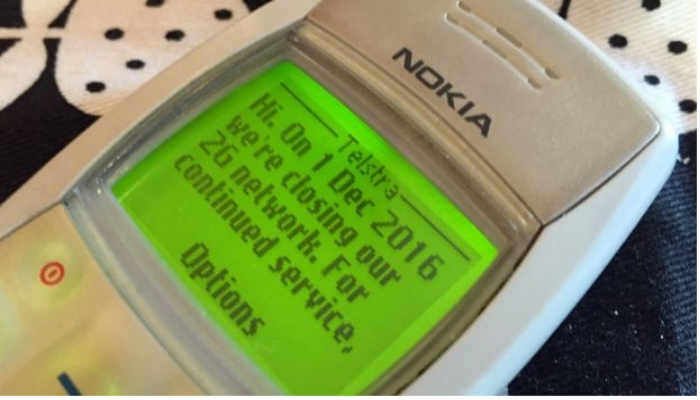
End of an era: Telstra switches off 2G
Telstra switched off its 2G network on 1 December, bringing to an end over 20 years of its operation.
When Telstra rolled out its MobileNet Digital network in 1993 it was only the second GSM (Global System for Mobiles) network outside Europe. It reached almost 83% geographic coverage within 2 years, an achievement only rivalled since by Sol Trujillo’s blitzkrieg 3G roll-out in 2005-06.
Telstra first flagged the shutdown in mid-2014 and since then has been looking to migrate the relatively small number of its remaining 2G customers to its 3G and 4G services.
At the time of the initial announcement Telstra estimated that 2G services accounted for less than 1% of its total network traffic while sales of 2G handsets were at a standstill.
Telstra’s 2G network, along with those of Optus and Vodafone which will shut down next year, has of course long been superseded – first by the roll-out of its 3G NextG network and more recently by 4G. Now 5G beckons.
Some 84% of Australian adults now own a smartphone, take-up rates which are among the highest in the world. These customers expect speeds and a range of services that are not supported by 2G.
But it is still worth remembering the breakthrough that 2G represented when it arrived. As Telstra head of Networks, Mike Wright, said back in 2014, the development of the GSM technical standard produced … one of the most complete and comprehensive mobile standards the world had ever seen. This created scale, drove down cost and made the mobile phone accessible to the mass market.
Along the way GSM introduced us to International roaming, text messaging and the early mobile Internet.










